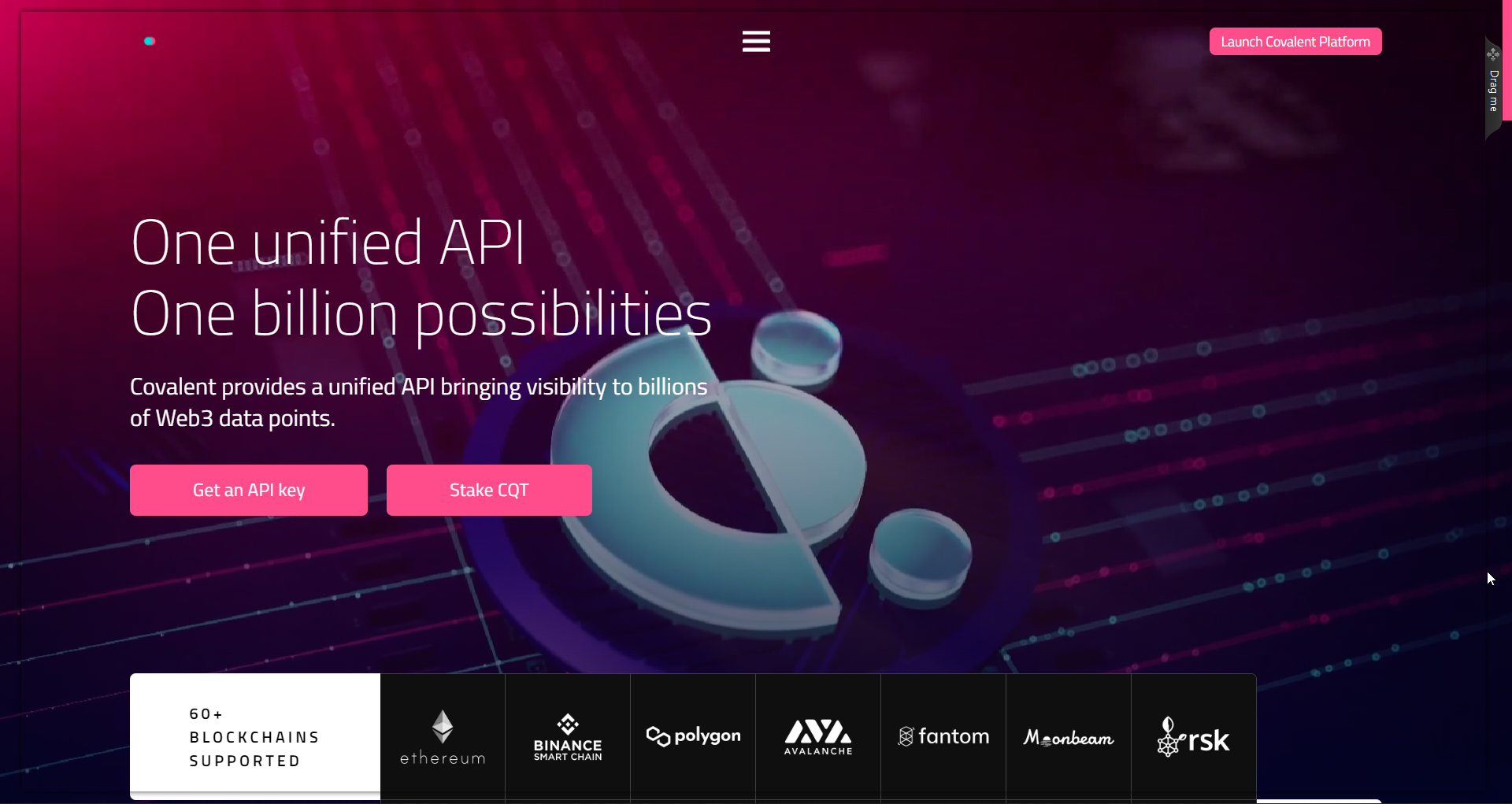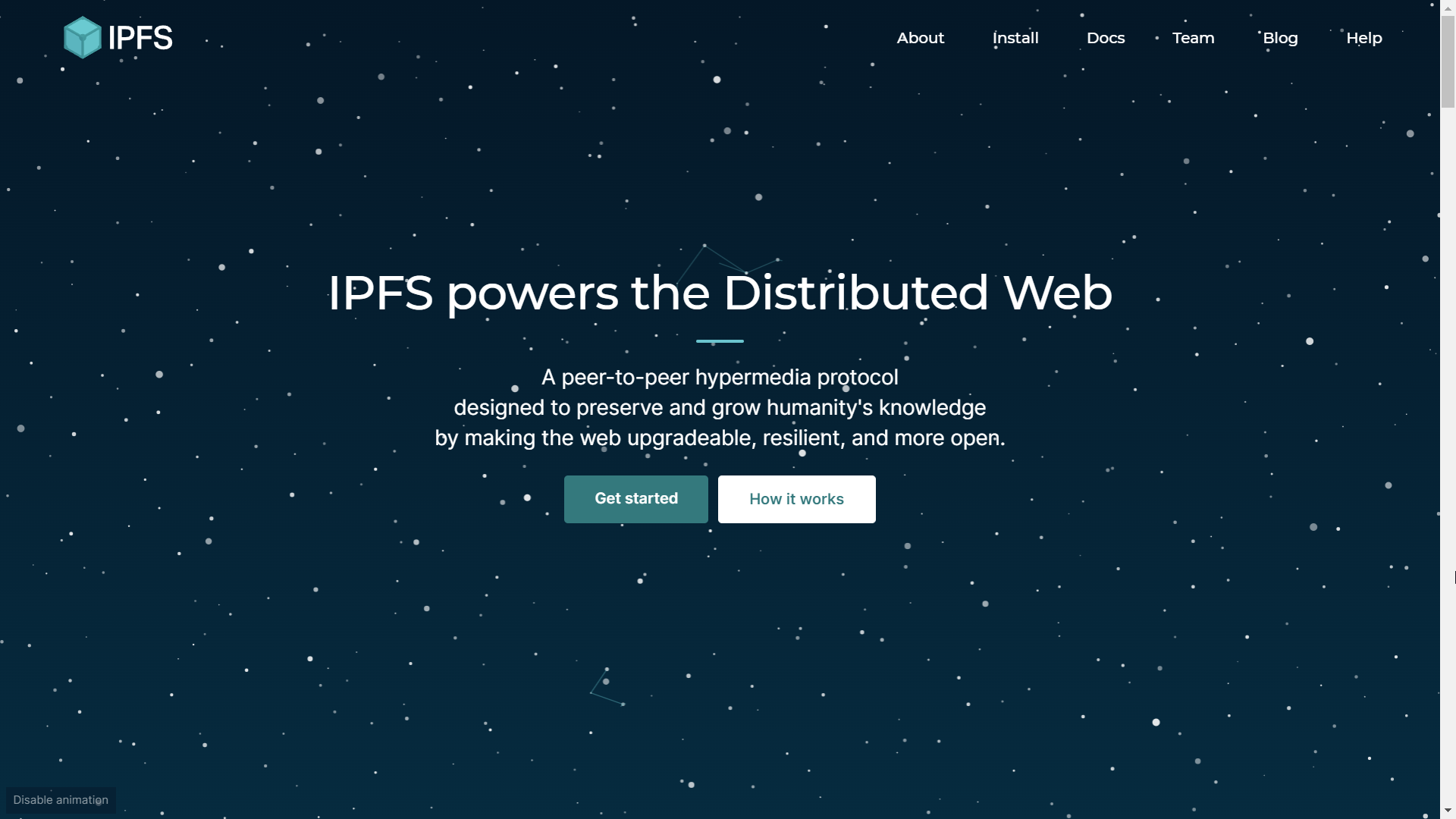What is Web3?
Web3 is an iteration of the web where data is present across a decentral network. Web3 runs by nodes, miners, and blockchains. They also need wallets and an encryption function to ensure the safe transaction of cryptocurrencies and digital assets.
The decentral web has four main features: Decentral, Permissionless, Trustless, and Native Payments.
Decentral only means that there is no vertical hierarchy, but everyone is equally a partner at the same level of operation. The permission web lets us use the network with just a decentral identity; it’s trustless because you can now finally say goodbye to your trust issues of someone stealing your identity and information.
Your information and your identity are yours alone.
What Are Protocols In Web3?
By a standard definition,
A protocol is a collection of rules or conditions within a network by which it must operate.
But, in a decentral web, most of the transitions are of high value in terms of cryptocurrencies and digital assets. Thus, it becomes mandatory to have protocols to ensure safety and security in Web3.
However, some of these protocols aid the buttery functioning of the decentral application because protocols, although a set of rules are of different categories based on the function they perform.
So, as the new year of 2023 begins, let’s look at the top 10 Web3 protocols we think will rule this year!
Types of Web3 Protocols
Web3 protocols are of many categories. The six categories of web3 protocols are as follows:
API
APIs are Application-Program Interfaces. They access the main networks directly to retrieve data.
Development environment
These tools help you develop and deploy your web3 applications to layers. They come with features that make sure your DApp is ready for launch on the layer.
Front-end
Some frameworks for front-end development. Let’s make a button click look cool!
Identity
In the decentral web, an identity of a user is interlinked to their wallet. Identity protocols help you build those wallet identities. You can sign in to multiple DApps through your wallet.
Layers
Layers are essentially the most popular Blockchains used in development. They are known as layers because of their infrastructure. They usually have two layers at all times: A consensus layer and an execution layer. Sometimes, a separate data layer to store certain information and files.
Storage
These are Web3 protocols to store data, user-sensitive information, transaction details, and information on files such as NFTs and Smart Contracts.
Top Web3 Protocols For 2023
Let’s take a look at the top web3 protocols for 2023!
Note: This list is in alphabetical order as a cumulative list of web3 protocols irrespective of the category they hail from or the function they perform.
Covalent

Covalent is a protocol for APIs. The Covalent Unified API is responsible for collecting data related to transactions that have taken place in the blockchain.
Further, one can work with multiple APIs across multiple blockchains with many functionalities like wallet data, taxation tools, and much more.
Drizzle
Drizzle is a front-end developer protocol from the Truffle suite. Drizzle contains libraries to make scripting the front end on DApps easier. At its core is Redux. Thus, one can seamlessly access and integrate development tools from Redux.
Ethereum
Ethereum is one of the most famous blockchains since early 2015. It’s a blockchain that runs with POS as its consensus promising a greener, scalable, and sustainable blockchain.

Furthermore, this is one of the many layers we can deploy your DApps and Smart Contracts amidst crypto transactions and transfer of digital assets.
ENS
ENS is short for Ethereum Name Service. And as the name goes, one can say how the protocol functions. This front-end protocol assists and provides you with custom names for your wallets, websites, and decentral identities.
However, you have to pay for your domain name, and you get to own a domain name with a “.eth” annotation at the end.
Filecoin/ IPFS
Filecoin and IPFS are two independent but complementing protocols. Both are the creations of Protocol Labs.
While IPFS allows peers to store, request, and transfer verifiable data with each other, Filecoins’ design provides a system of persistent data storage.
IPFS is famously known for file transfer across nodes in a P2P environment. It’s a web3 version of HTTP but better. IPFS also efficiently disperses a lot of data without having to copy the files. IPFS simply mirrors the data.

Consequently, Filecoin is a protocol that is built on top of IPFS. This means the file storage protocol can avail of the benefits IPFS has too. But in addition to being another file storage protocol, Filecoin verifies and stores the file cryptographically.
Thus, the birth of Proof of Storage. A new foundation for a P2P network where data can be received, stored and transmitted all across the decentral web.
Graph
Okay, so this protocol is only 2 years old but, has a lot of promising potential.
The Graph website claims it’s an API protocol to retrieve data at blazing speeds, with “APIs for a vibrant decentralized future”.
Consequently, this indexing protocol does what Google does for Web2. One can easily search and retrieve data from almost any network (blockchain).
Furthermore, one can build custom APIs and publish them on the web. These built APIs are known as Subgraphs. Developers can use the published subgraphs to access data on the web.
Hardhat
Hardhat is an exclusive development environment tool for the Ethereum blockchain. The dev env provides all sorts of tools from compilation to debugging and deploying Smart Contracts and DApps.
Moreover, the designing habitat has three components: The Hardhat Runner, The Hardhat Network, and the Hardhat VSCode.
Metamask
Metamask is a wallet protocol that carries multiple functions within Web3. It primarily serves as a wallet, with a wallet address for all Web3 assets, tokens, and NFTs to be stored securely.
With a connection from Metamask to any DApp or a Web3 page, the protocol also serves as a proxy web3 identity.
You can own your data, swap digital tokens and assets, and explore the web in a decentral space.
Truffle
A one-stop sweet shop for all your Smart Contract needs. Truffle is another development framework that helps developers make amazing Smart Contracts with ease.
Moreover, Truffle releases a new version of its software weekly. The releases are done in clockwork so that Smart Contract developers can create smooth functioning contracts with the latest updates in no time!
Let’s be honest, smart contracts made in Truffle are the sweetest for the application and provide many meritious features that one can write down within a minute!
Furthermore, some prominent features are variable analysis-assisted advanced debugging, deployment in Metamask to protect DIDs, an external script runner that runs the scripts within the Truffle habitat, automated testing of testing for rapid development, and much more!
zkRoll Ups
Brought to us by the world’s favorite general-purpose blockchain, ZK Roll Ups is a protocol for a faster blockchain with lower gas fees. The protocol allows multiple blockchains to run faster by validating faster, without compromising the security of the information within the chain.

They reduce the traffic of transactions on the blockchain thus leading to faster transactions with cheaper transaction costs.
One can employ the protocol on their EVM-compatible blockchains and experience a faster transaction speed that comes with a lower gas fee and the encryption safety intact.
Concluding Thoughts
There are many protocols to follow in 2023, but some of the most prominent ones are Covalent, Drizzle, ENS, Ethereum, Filecoin, IPFS, Hardhat, zkRoll Ups, Truffle, Graph, and Metamask.
As the year of 2023 begins, find out the most promising blockchains for 2023 now!

